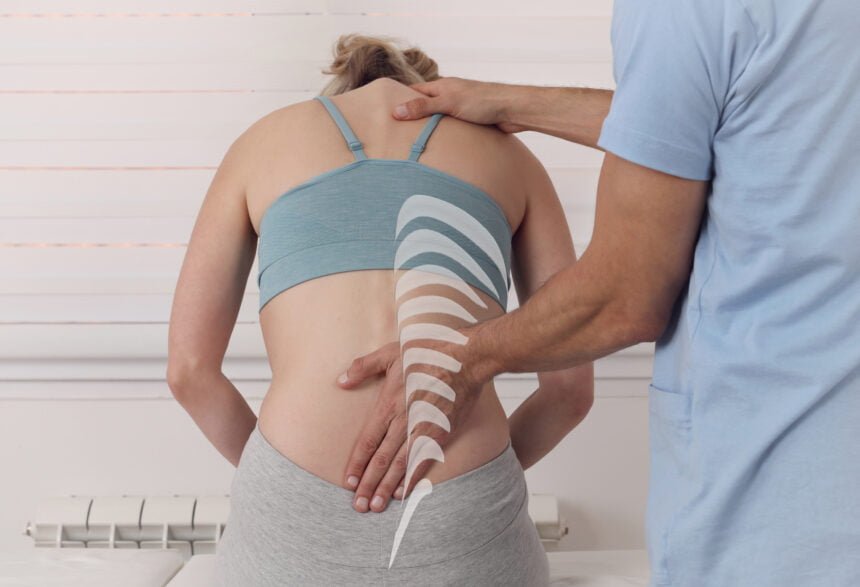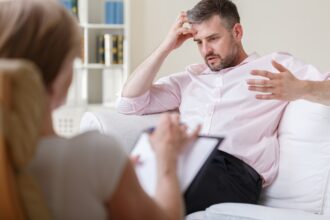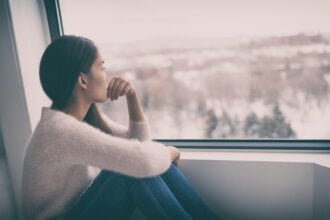You might not realize, but spinal decompression therapy isn’t about enduring pain; it’s about alleviating it. Despite common misconceptions, this treatment doesn’t involve any bone-crushing procedures. Instead, it gently stretches the spine, changing its force and position to help relieve back pain. But that’s not all. When explored further, the therapy reveals a host of unappreciated benefits and surprising facts that might just change your perspective. So, isn’t it worth investigating the realities behind the myths to potentially reveal a solution to persistent back pain?
Understanding Spinal Decompression Therapy
In order to fully grasp the benefits of spinal decompression therapy, it’s crucial that you understand what it’s and how it functions to alleviate back pain. This non-invasive treatment involves the use of a specialized traction table or similar motorized device to effectively stretch your spine. It’s designed to relieve the pressure on your spinal discs, the gel-like cushions between the bones in your spine, and facilitate the healing of damaged discs.
Now, you may ask, how does stretching the spine alleviate back pain? Well, it’s pretty straightforward. When your spine is stretched, the pressure inside your spinal discs is reduced, creating a kind of vacuum effect. This effect pulls herniated or bulging discs back into place, reducing pressure on nerves and other structures in your spine. Additionally, the process enhances the passage of healing nutrients into the disc, fostering a better healing environment.
Common Myths About Spinal Decompression
Despite the clear benefits of spinal decompression therapy, several misconceptions persist, which can lead to confusion and apprehension about this non-invasive treatment.
The first myth you might encounter is that the therapy is painful. On the contrary, most patients report feeling a gentle stretching sensation and some even find the process relaxing.
Another common fallacy is that spinal decompression is only suitable for severe cases. While it’s true this therapy can provide significant relief for serious conditions like herniated discs or spinal stenosis, it’s also beneficial for mild to moderate back pain. It’s not an all-encompassing treatment, but a versatile tool in managing a range of spinal conditions.
You might also hear that the effects of this therapy are temporary. However, numerous patients experience lasting relief post-treatment. It’s not a quick fix, but a part of a holistic treatment plan that aims to address the root cause of your discomfort.
Lastly, there’s the misconception that all decompression treatments are the same. This is far from the truth. The effectiveness of this therapy depends greatly on the individual’s condition, the expertise of the practitioner, and the specific equipment used.
Scientific Evidence Supporting Spinal Decompression
To fully appreciate the benefits of spinal decompression therapy, let’s explore the scientific evidence that supports its efficacy.
Over the years, numerous studies have provided substantial proof of the effectiveness of this treatment. Here are three key findings:
- Decreased Disc Pressure: A study by Ramos and Martin (1994) demonstrated that spinal decompression therapy could notably reduce disc pressure. This reduction in pressure allows bulging or herniated discs to retract, thereby relieving nerve compression.
- Improved Blood Flow: Research by Tilaro et al. (1999) highlighted the role of decompression therapy in enhancing blood flow to the disc and surrounding structures, promoting healing.
- Pain Relief and Mobility: Clinical trials by Gose, Naguszewski and Naguszewski (1998) indicated that about 86% of participants experienced immediate resolution of symptoms, while 84% remained pain-free 90 days post-treatment.
You’ve likely been told that scientific evidence is important in the medical field, and rightly so. These studies, among many others, confirm the effectiveness of spinal decompression therapy. But remember, while this therapy is beneficial for many patients, it’s not a one-size-fits-all solution.
If you’re considering spinal decompression therapy Dubai, consult a qualified healthcare professional to determine if it’s the right course of action for you. Careful evaluation by a trained healthcare professional is essential to determine if it’s the right choice for you.
Limitations and Risks of Decompression Therapy
So, what’re the potential drawbacks and risks associated with spinal decompression therapy? Let’s explore this.
While generally safe, spinal decompression therapy isn’t suitable for everyone. If you’re pregnant, have severe osteoporosis, spinal stenosis, or a herniated disc, this treatment may pose potential risks. It’s also not recommended for people with artificial discs or spinal implants.
Then there’s the limitation of cost and time. Typically, a full treatment course requires 20 to 28 sessions over five to seven weeks, which can be burdensome. Additionally, some insurance companies don’t cover this therapy, making it a pricey out-of-pocket expense.
The effectiveness of therapy can also vary. Though many patients report significant pain relief, others may not experience any improvement. This difference might be due to the complexity of spinal conditions and the individual’s response to treatment.
Moreover, like any medical procedure, there’s a slight risk of side effects. Some patients may experience minor discomfort, muscle spasms, or temporary worsening of symptoms.
Understanding these risks and limitations is essential before undertaking spinal decompression therapy. Consultation with a qualified healthcare provider is necessary to make an informed decision.
Real-life Success Stories of Spinal Decompression
While the concept of spinal decompression therapy might seem intimidating, numerous real-life success stories highlight its potential benefits and effectiveness. You’ll find that these cases often involve individuals who’ve suffered for years with chronic back pain and found relief through this therapeutic method.
- The Veteran Athlete: Consider the case of a retired professional footballer who’d been living with debilitating back pain for almost a decade. After undergoing spinal decompression therapy, he reported a significant reduction in his pain levels and improved mobility.
- The Office Worker: Then, there’s the story of a desk-bound worker who developed a herniated disc from long hours of sitting. After several sessions of decompression therapy, her symptoms greatly diminished, and she could return to her daily routine with minimal discomfort.
- The Accident Survivor: Let’s not forget about the car accident survivor who struggled with sciatica. Post-therapy, he experienced marked relief, enabling him to walk without pain for the first time in years.
These narratives underscore the potential of spinal decompression to improve quality of life. Your case might be different, but it’s worth exploring this treatment if other methods haven’t worked for you.
Conclusion
In debunking myths about spinal decompression therapy, it’s essential to rely on facts. Studies indicate that 86% of ruptured intervertebral disc patients who completed this therapy reported immediate relief.
Remember, while it’s not a cure-all, it’s a proven, effective treatment for many. Risks exist, but they’re typically minimal.
It’s time to let go of misconceptions and embrace the potential of spinal decompression therapy to improve your quality of life.










